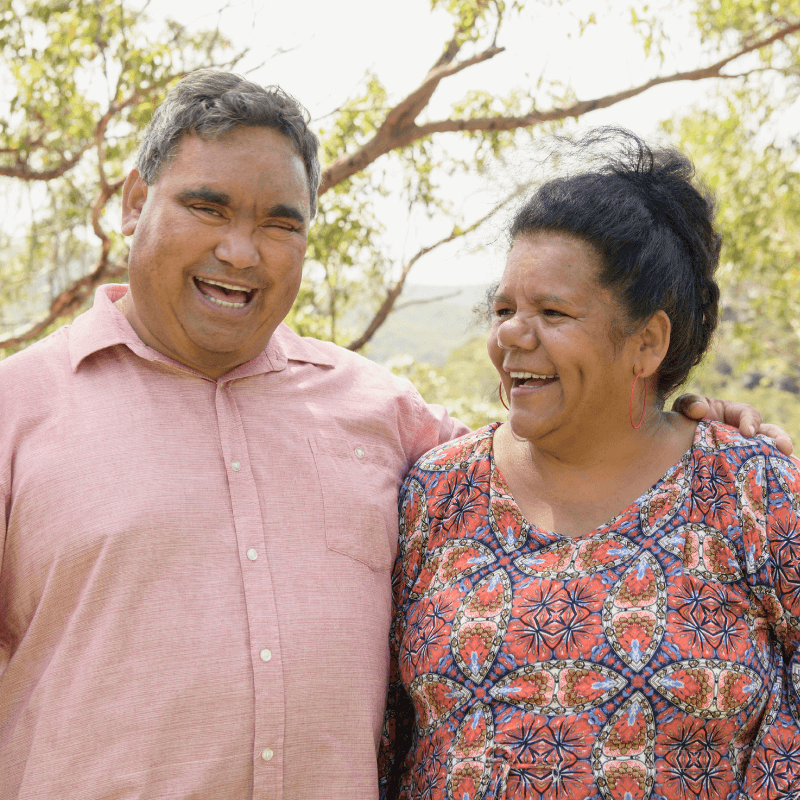Closing the Gap: Addressing Health Equity
The health outcomes of Aboriginal and Torres Strait Islander Peoples are among some of the poorest in the world.
Their life expectancy is 10 years younger than other Australians.
According to the Aboriginal and Torres Strait Islander Health Performance Framework, 70% of people aged 15 and over were considered overweight or obese, 37% smoked daily, and 20% of people aged 18 and over, exceeded the lifetime alcohol risk guidelines.
In rural and remote Australia, there are not enough doctors and medical staff, so they are flown in to help local patients.
This results in patients having to wait an unacceptably long time for doctors, or travel to their nearest doctor which could be hours away.
For Aboriginals and Torres Strait Islanders living in the metro areas or regional centres, health services might not be culturally aware, resulting in the alienation of these patients.
National Close the Gap Day is celebrated on the third Thursday of every March. This year, 2025, it’s acknowledged on 20 March.
The goal is to bring awareness to health equality within Australia to more closely align the health outcomes of all Australians.
Another goal of Close the Gap is to improve the unacceptable living conditions experienced in remote communities.
In 2011, 75% of First Nations people lived in appropriately sized housing, according to the ABS Census of Population and Housing. This number rose to 81% in 2021.
First Nations people have less access to affordable or even safe housing than other Australians.
These houses are usually overcrowded and can lead to the inhabitants being more at risk of infection due to the sharing of germs.
In 2011, 54% of First Nations people had attained at least a Year 12 or equivalent qualification.
The employment rate for First Nations people is 56%, compared to 78% of non-Indigenous Australians.
This has resulted in only 35% of First Nations adults living in households with equivalised gross household incomes.
These indicators have all led to a wide gap between First Nations and non-Indigenous peoples, with First Nations people unable to access, understand, critique and use health information and services in a way that would better their health outcomes. However, the gap is shortening and the very achievable goal is for it to equalise by 2032.
Together, Simply Helping and The Fred Hollows Foundation aim to close the gap and improve health equity for Aboriginal and Torres Strait Islander peoples.





